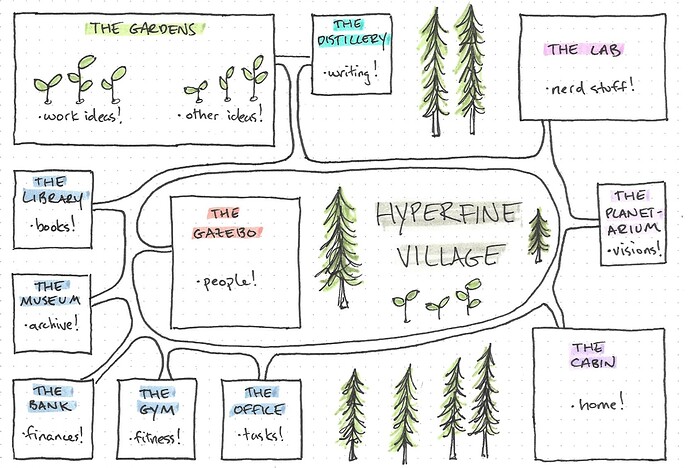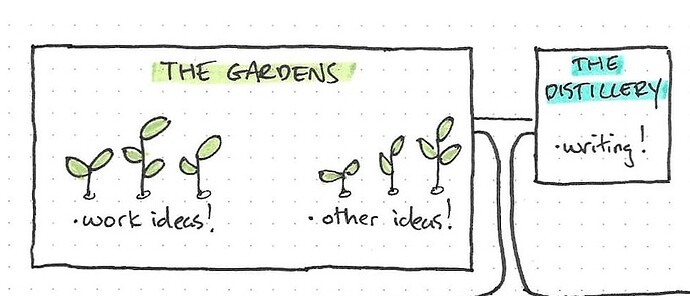Hi @ludwa6 : first of all thanks for your interest and sharing your wiki. It shows the signs of a highly organised approach. The project itself is something I think a lot of people will be interested in.
My garden is located in an area (Alsager, Cheshire, England) which previously grew a lot of fruit and veg in market gardens. It seems now that locally grown and sold produce are quite scarce. A project like yours would go down really well.
We have a small independent shop locally which sells organic produce – not much of it is grown nearby. The local economy (and the rest of the UK economy) currently struggles to support enterprises like your SLOfood project.
The farm shops based locally specilaise in meat and ice cream, but not fruit and vegetables. I’ve had a few conversations with people who say would like to buy local produce.
Yes! I am “aiming to build something that should serve to engage community” (I couldn’t have put it better)
(Wouldn’t it be wonderful if this interaction around the idea of wiki gardening on the TiddlyWiki Forum sparked a real life community market garden project!)
I looked into pickle making a few years ago. I became fascinated my Japanese fermentation and then the fermentation revival movement of which Sandor Katz has become a leading light. Katz has written a book on fermentation as metaphor [1], and in the exhibition Old Kitchen, what I’m currently calling the room opening onto the WikiGarden (or TiddlyWikiGarden … I’m not sure at the moment) there are the start of a plan for Pickle Club.
Pickle Club would be a monthly community meeting where people learn and swap their preserves. The Club could have events. One event that could work would be sausage, beer and sauerkraut, another BBQ and kimchi.
This monthly meeting could be one of many. The other monthly meeting on the drawing board is a reboot of The Lunar Society, a group of folk who met on full moons.
A way to sell “surplus” goods could be through homegrown events. I imaginge the lunar society will be nurishing themselves with Cheshire Cheese and some kind of pickle and ale.
What I am getting at here is that building a community around the product
In Cheshire, arguably the area in which the industrial revolution first took hold, Elizabeth Raffald published the first recipe for Piccalilli, a pickle which is now very much associated with the UK’s collection of traditional food, but the concept came from India. And its a simple concept: Pickle your crop so that it can be stored, give it a brand name , sell it keeping connection to the local area.
In the USA there are some social enterprises built around pickling, and for some years it has felt that fermented good were going to break through into the mainstream in a similar way to craft beer.
In Japan producers specialise in different pickles. Begin Japanology [2] is a good place to start. In China Li Zi Qi has turned the running of a market garden in the Szechuan mountains into an art form. Her YouTube channel shows traditional Chinese agriculture and foraging, she’s become a huge success. Check out her Secret Life of Radish to she how traditional skills and small scale agriculture can be combined in a highly stylised aspirational aesthetic.
[1] Fermentation as Metaphor by Sandor Ellix Katz | Chelsea Green Publishing
[2] BEGIN Japanology - Tsukemono Pickles - YouTube



 ) never confused anybody with half a clue about farming, and yet it actually prompted people who never gave a 5hit about farming to ask me some halfway clueful questions about what we’re actually cultivating on this here farm… So what’s the harm?
) never confused anybody with half a clue about farming, and yet it actually prompted people who never gave a 5hit about farming to ask me some halfway clueful questions about what we’re actually cultivating on this here farm… So what’s the harm?